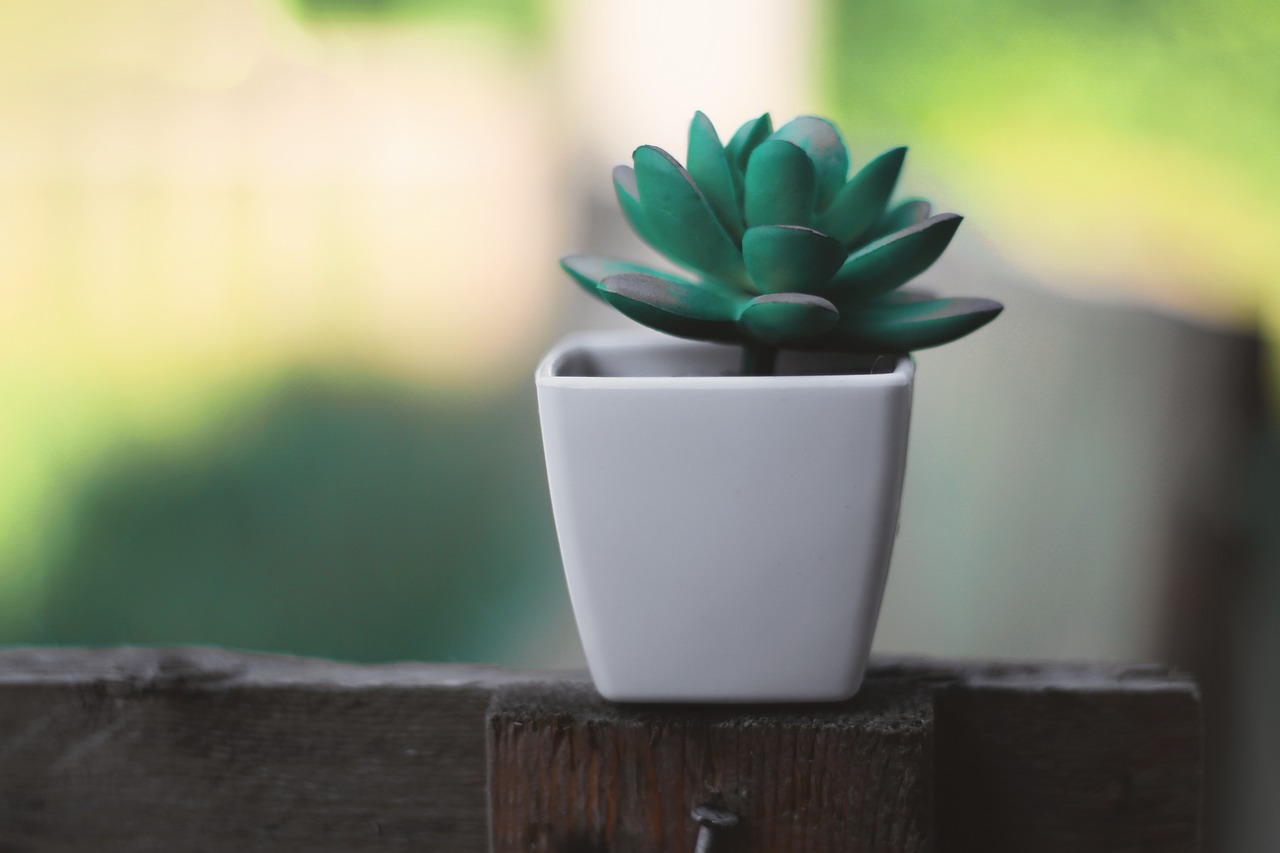How to Create a Home Woodworking Studio
Designating a specific area in your home or office for your creative pursuits is essential for fostering focus and productivity. This space should ideally be free from distractions and have ample natural light to inspire your work. Consider choosing a quiet corner or room where you can work without interruptions.
Once you have identified the perfect spot, personalize it with items that spark your creativity and make you feel comfortable. This could include inspirational quotes, artwork, or plants to create a space that is uniquely yours. Additionally, ensure that the furniture and layout of the space are conducive to your creative process, whether it be a comfortable chair, a spacious desk, or storage solutions to keep your materials organized and within reach.
Selecting the Right Tools and Equipment
When it comes to setting up your dedicated space for a specific hobby or activity, having the right tools and equipment is essential. The tools you choose should be of high quality and suitable for the tasks you’ll be undertaking. Before making any purchases, take the time to research which tools are recommended for beginners or those with experience in the field.
Consider the type of materials you’ll be working with and choose tools that are designed to handle them effectively. For example, if you’ll be working with delicate fabrics, you’ll need sewing tools that are gentle and precise. On the other hand, if you’ll be working with wood, tools that are durable and strong will be necessary. Prioritize quality over quantity when selecting your tools and invest in pieces that will last you a long time.
Organizing Your Materials and Supplies
Ensuring that your materials and supplies are well-organized is essential for maintaining an efficient workspace. Utilize clear storage containers or bins to separate items based on type or frequency of use. Labeling each container will make it easier to locate specific materials when needed.
Arrange your materials in a way that makes sense for your workflow. Consider having a designated area for frequently used items within arm’s reach, while storing less commonly used materials in a separate section. This systematic approach will not only enhance your productivity but also contribute to a clutter-free environment conducive to creativity.





